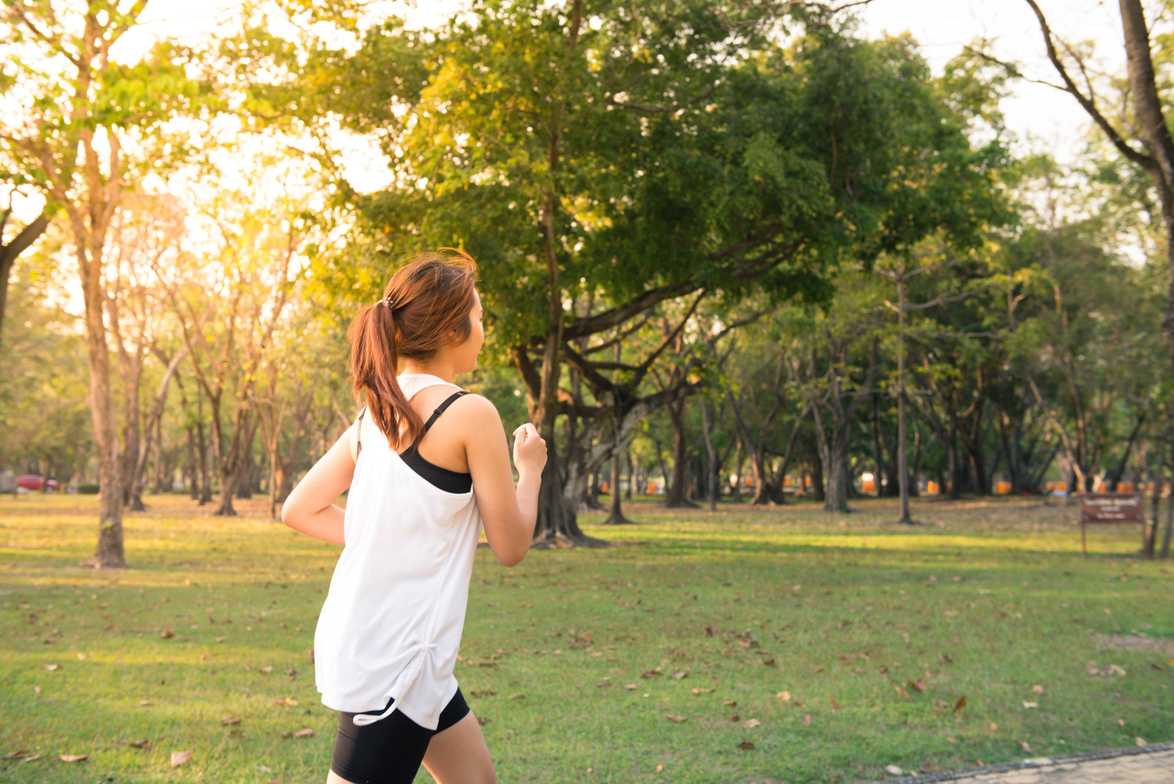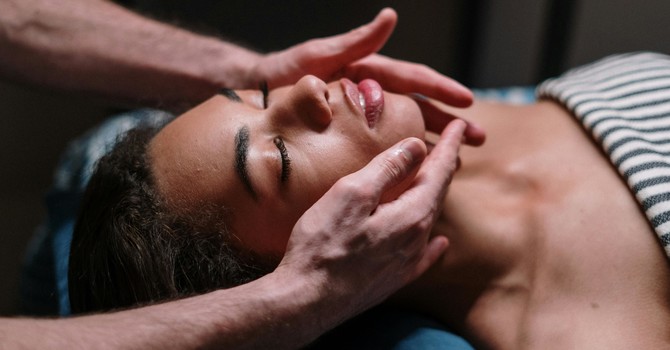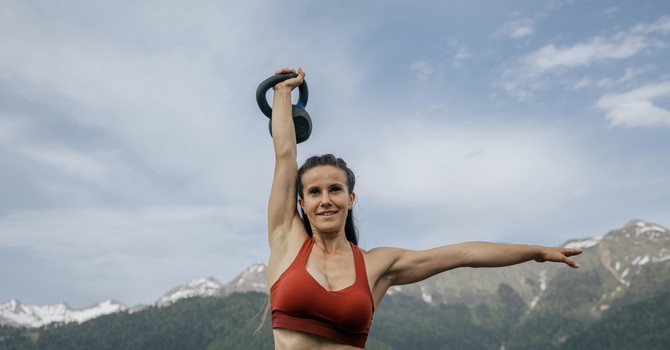
Running is NOT for everyone. However, love it or hate it…there is no denying that it is an excellent aerobic activity that boosts cardiovascular health. If running hasn't been enjoyable to you before, it may be because you're not running efficiently. But even an avid runner is not immune to mistakes at some point in their training!
Check out these 5 common problems runners face and ways to fix them...so that you can run FROM your problems instead of running WITH problems!
Overstriding
The problem: Many runners think that reaching their leg further forward for a longer stride will improve their speed or efficiency, but that is not the case. Overstriding results when the heel strikes the ground well ahead of the body’s center of gravity. This actually breaks the smooth continuous gait so it wastes energy.
The solution: Imagine you are pedaling a bicycle. Keep the steps light and quick. Focus on landing mid-sole (instead of the heel) with your feet directly under your body. It may not feel natural at first. If you feel yourself lengthening the stride out of habit, pause to run in place with high knees to reset.
Poor Upper Body Form
The problem: The upper body doesn’t affect what the legs are doing, right? Wrong! Running is more than just pumping the arms and legs forward. There should also be a slight counter rotation element at the shoulders and pelvis. This produces a diagonal stretch through the core allowing for distribution of force. Slouched posture can also limit breathing capacity. Holding the hands up close to the chest or swinging them too far left and right can lead to tension in the shoulders and neck.
The solution: Keep your posture straight and poised. Your head should be up, your back straight, and shoulders level. Try to keep your hands at waist level with the elbows bent to 90 degrees. You should rotate your arms at the shoulders instead of the elbows; this creates that counter rotation. Imagine a vertical line splitting your body in half—your hands should not cross it. Near the end of a run, it is common to slouch a little if you’re tired. However, this slumped position can lead to neck, shoulder, and lower back pain. If you feel yourself start to slouch, activate your core and bring your chest up.
Shoes For Fashion Instead of Function
The problem: Just because a shoe looks cute on the shelf, does not mean it can serve as a running shoe. Also, keep in mind that companies will sponsor an athlete to wear their shoes. It may look stylish on your favorite athlete, but that does not mean it is the best shoe for you. Other “style” problems include extra thick cushioning, large heel-to-toe drop, inflexible soles, and high arch supports. A shoe should complement a strong foot, not do all the work for the foot.
The solution: Start by checking your size, and for some that may mean a different size on each foot. The fit should not be snug, there should be about 1/2 inch of room between the toes and front of the shoe. Look for a wide toe box. Tapered or narrow toe boxes restrict movement and can lead to plantar fascia issues. Also, a shoe has an expiration, so to speak. A general rule of thumb is to purchase new shoes every 350 miles. When in doubt, seek knowledge from the experts. Many running specialty stores (like Fleet Feet in Hendersonville, TN) have equipment to evaluate your stance or running gait and make recommendations accordingly.
Not Breathing Properly
The problem: Poor posture can lead to shallow breathing which can, in turn, lead to early fatigue. Your muscles need oxygen to keep moving. If you feel a side stitch coming on, that usually means you're not breathing properly.
The solution: Again, keep your posture straight and poised. Breathe from the diaphragm, or belly, not just from the chest. This will ensure that you are taking full breaths and not shallow ones. If you are just beginning, try running at a “conversational” pace. That means you should be able to speak in sentences while you run without gasping for air. As you become a more experienced runner, try to match your breathing to your stride (inhaling for 3 or 4 strides : exhaling for 3 or 4 strides).
Lack of Exercise Diversity
The problem: Runners want to RUN! Which is fine, if you like that sort of thing. However, overtraining one aspect of your life can lead to overuse injuries like shin splints or runners knee. If you want to increase your mileage and avoid potential problems, you better get some variety.
The solution: The power muscles of the running gait are your gluteals. They provide strength and stability in 3 different planes around the hips and pelvis. In many runners, the glutes become inhibited because the hip flexors are a little too tight. This imbalance can lead to tight or torn hamstrings, low back pain, and knee injuries. A targeted program of stretching the iliopsoas and strengthening the glutes from multiple directions can help bring balance to your gait.
Lastly, if you really want to run without problems, make sure you hydrate, re-fuel, and rest! You may have killed it on day one, but all the top athletes know that consistency is key. Your body is amazing! Love it and treat it with the respect it deserves because YOU are a Champion!
*Prior to beginning any exercise program, individuals should seek medical evaluation and clearance to engage in activity. Not all exercise programs are suitable for everyone, and some programs may result in injury. Activities should be carried out at a pace that is comfortable for the user. Users should discontinue participation in any exercise activity that causes pain or discomfort. In such event, medical consultation should be immediately obtained.
Dr. Heather Champion
Contact Me



